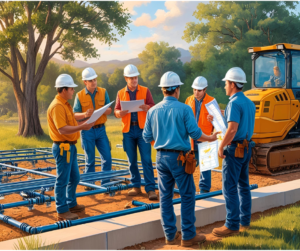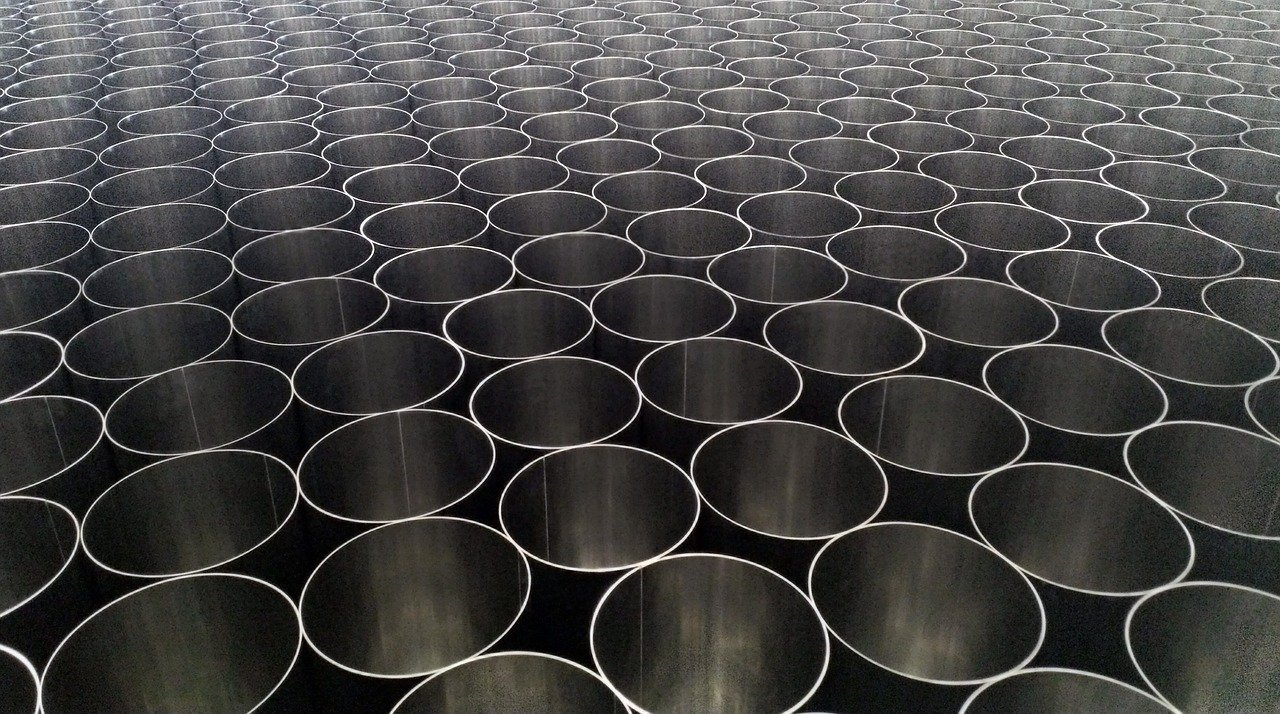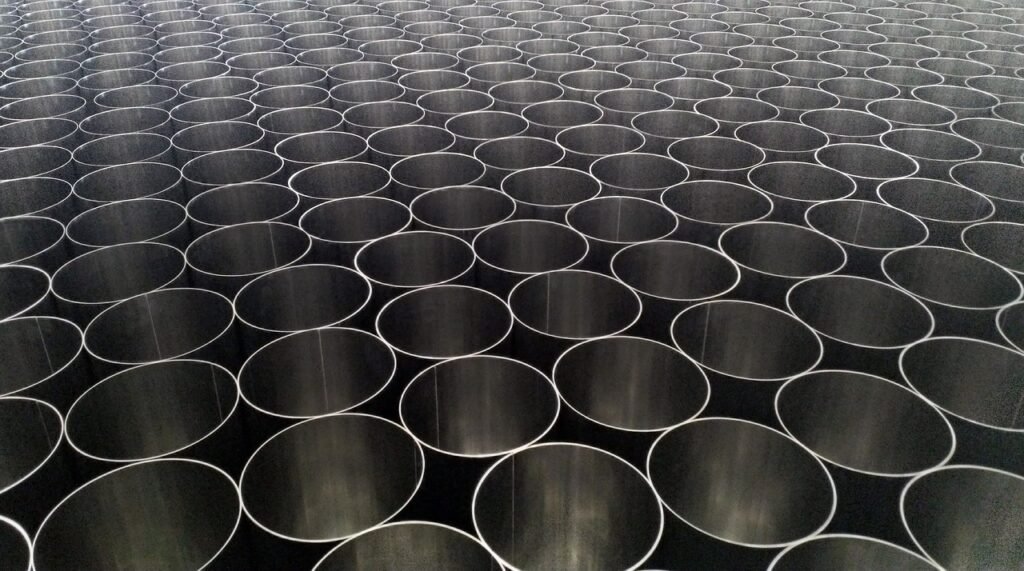The design and installation of outdoor utilities is an important part of the construction sector, subject to constantly updated regulations and standards. These developments aim to ensure that infrastructure is safe, efficient and meets modern requirements. In this article, we will discuss the latest changes in legislation and standards related to outdoor utilities and their impact on project delivery.

1. Building Technical Regulations (STR)
STR 2.01.12:2024 "Climatology of buildings"
On 30 September 2024, a new technical regulation STR 2.01.12:2024 "Building climatology" was approved. This regulation lays down requirements relating to the impact of climatic conditions on building works and structures. It provides data on solar radiation, air temperature, humidity, wind, precipitation and other meteorological parameters that must be taken into account in the design and construction of outdoor engineering networks.
Key points:
- Air temperature and humidity: identify temperature and humidity extremes that need to be taken into account when designing material selection and structural resistance.
- Wind and precipitation: data on wind speed and direction, as well as rainfall amounts that can affect the stability and protection of networks.
1.2 Technical requirements for surveying and cartography
On 26 September 2023, the Geodesy and Cartography Technical Requirements Regulation GKTR 2.01:2023 "Description of the procedure for carrying out geodetic measurements of engineering network objects and drawing up engineering network plans" entered into force. This Regulation lays down the procedure for carrying out geodetic measurements and drawing up plans for engineering networks.
Key requirements:
- Accuracy of measurements: detailing accuracy requirements to ensure accurate positioning of utilities.
- Preparing plans: defines how utility plans are to be drawn up and submitted to meet the required standards.
2. Wastewater network infrastructure standard
On 29 December 2021, the Wastewater Network Infrastructure Standard was updated to include requirements for pressurised pipelines for domestic and surface wastewater.
Fundamental changes:
- Diameter of pipelines: a minimum internal diameter of at least 80 mm for outdoor pressure mains.
- Material requirements: the pipes must comply with the relevant LST EN standards and the exterior of the cast iron pipes must be coated with a zinc-aluminium layer of at least 400 g/m².
3. Rules for outdoor fire water supply
In 2024, the Rules for the Design and Installation of Outdoor Fire Water Supply Networks and Structures were adopted, setting out the requirements for the design and installation of outdoor fire water supply networks.
Key points:
- Water consumption: Determining the quantities of water needed to extinguish fires, taking into account building types and sizes.
- Water sources: defining requirements for water sources, containers and their accessibility in case of fire.
4. Procedures for modifying utility projects
The State Territorial Planning and Construction Inspectorate under the Ministry of the Environment has provided clarifications on the change of routes and diameters of engineering networks after the issuance of a building permit.
Important aspects:
- Changes to the draft: If, at the detailed design stage, it becomes apparent that the technical design solutions are irrational or technically difficult to implement, the routes or diameters of the utility lines may be changed, but this must be justified by objective reasons.
Conclusions
Constantly updated regulations and standards in outdoor utilities require close monitoring of legislative changes to ensure that designs meet the latest requirements. This helps to guarantee the safety, efficiency and longevity of the infrastructure. Designers and contractors should keep their knowledge of current regulations and standards up-to-date to ensure the success of projects.


